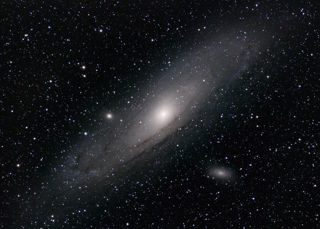
Russian Rowan Berry Cognac
Russian Rowan Berry Cognac
The packet contains a popular Russian alcoholic drink that consists of cognac and rowan berry syrup. The drink is traditionally homemade and can vary in strength and consistency.Alcohol is officially prohibited on the International Space Station but on the Russian space station Mir, back in the 1990s, the rules were not so strict. During a press conference in 2010, retired cosmonaut Alexander Lazutkin confirmed that alcoholic drinks were part of the rations during his stay on Mir. Cognac was recommended for medicinal purposes and to relieve stress.
This was not the only time alcohol was consumed in space. Back in 1969 the first liquid to be poured on the Moon was Buzz Aldrin’s communion wine. He later described the experience of watching the wine curl “slowly and gracefully up the side of the cup.”
During the 1970s NASA considered adding sherry to the menu for their first space station, Skylab. However, due to strong objection from the public, the sherry never made it to space.
All images:
Web resources
More information
Object number
H2003-4
Location
Artefact Store
Has this object been into space?
No
Dimension - Dimension, Value, Measurement unit
Length: 17cm
Width: 7.2cm
Depth: 2cm
Material
Plastic
Paper
Food and Drink
Object Production Place
Russia
On Display Status
Not on display
Copyright and Photos
Photography is shared via the license below.
However, some objects on this website are on loan to the National Space Centre and are being shared through the permission of their owners.
Commercial use of images from this website is not allowed without additional permissions being granted. To request permission to use images for purposes not covered in the license below, please contact [email protected]
Individual objects on loan to the National Space Centre may have additional copyright permissions, so advice should always be sought before use.
![]()
This work is licensed under a Creative Commons Attribution-NonCommercial 4.0 International License.



